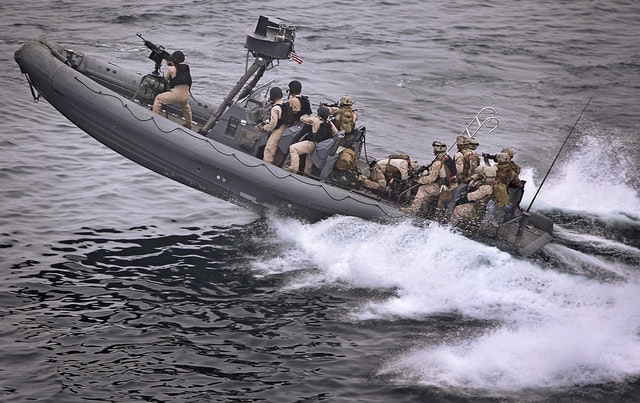 A current missile test by the U.S. Navy affirmed an advanced concept that will create updating the computer and electronics programs on elderly warships much, much simpler.
A current missile test by the U.S. Navy affirmed an advanced concept that will create updating the computer and electronics programs on elderly warships much, much simpler.
The late March test saw the destroyer USS Thomas Hudner controlling its Aegis Combat System, including the launching of a missile, via a small number of computers in containers small enough to “match below a dining table”.
Virtualization could enable cruisers like the USS Chancellorsville, constructed in 1987, to function more and help expand the fleet. The hardware used to operate Aegis was big and took up a substantial part of the ship. Based on C4ISRNET, the military-grade pc, consoles, servers, and screens were so big that the Navy had to cut holes in the hulls of boats as it had to replace them. These systems needed an electrical draw the power source of the ship, and necessary energy — and much air conditioning — to keep them cool. Constructed to be rugged and big, these computers have been substituted for decades.
Outside the Navy Moore’s Law, which states capability to double every eighteen to twenty-four weeks is allowed by improvements in military technology, has dominated computers from the industry. Originally called by Intel co-founder Gordon Moore in 1965, Moore’s Law has forecast smaller, more mobile computers for the previous fifty decades, making your notebook orders of magnitude stronger than one using the very same dimensions generated just five decades ago.
For March’s missile evaluation USS Hudner conducted its Aegis hardware out of exactly what the Navy calls for a “virtual twin,” a couple of contemporary computers at ruggedized boxes. As your iMac may conduct virtualization software to emulate a Linux computer, the twin emulates Aegis’ computer program and applications but in a smaller package.
How much hardware does one computer system which “matches beneath a dining room table” replace? Following is a picture in the thesis paper demonstrating Aegis’ computer system that is authentic. The thesis newspaper, ready by Erik Roberts in the Naval Postgraduate School at Monterey, California at 2011, suggested replacing Aegis computers using virtualization program. It is safe to say Roberts was on something.
What exactly does all this mean to the Navy? Updates will be made by using virtualization to shipboard computers–especially Aegis–more economical and simpler than ever before. Today the computers could be disassembled to bits and then their replacements vibrate aboard with no cutting, while the Navy needed to cut holes to eliminate and replace computers and electronic equipment.
This could be helpful aboard submarines. Since they’re made to grip from the pressures of the sea navies prefer to not reduce hulls. The U.S. Navy is hoping to reach a goal of 355 ships by 2030, and yet another way to do this objective is maintaining elderly ships around. Using software and virtualization hardware will make maintaining up ships thus far easier and more economical to reach than ever. Using smaller may free up surplus and space electricity within the ships for different applications.
